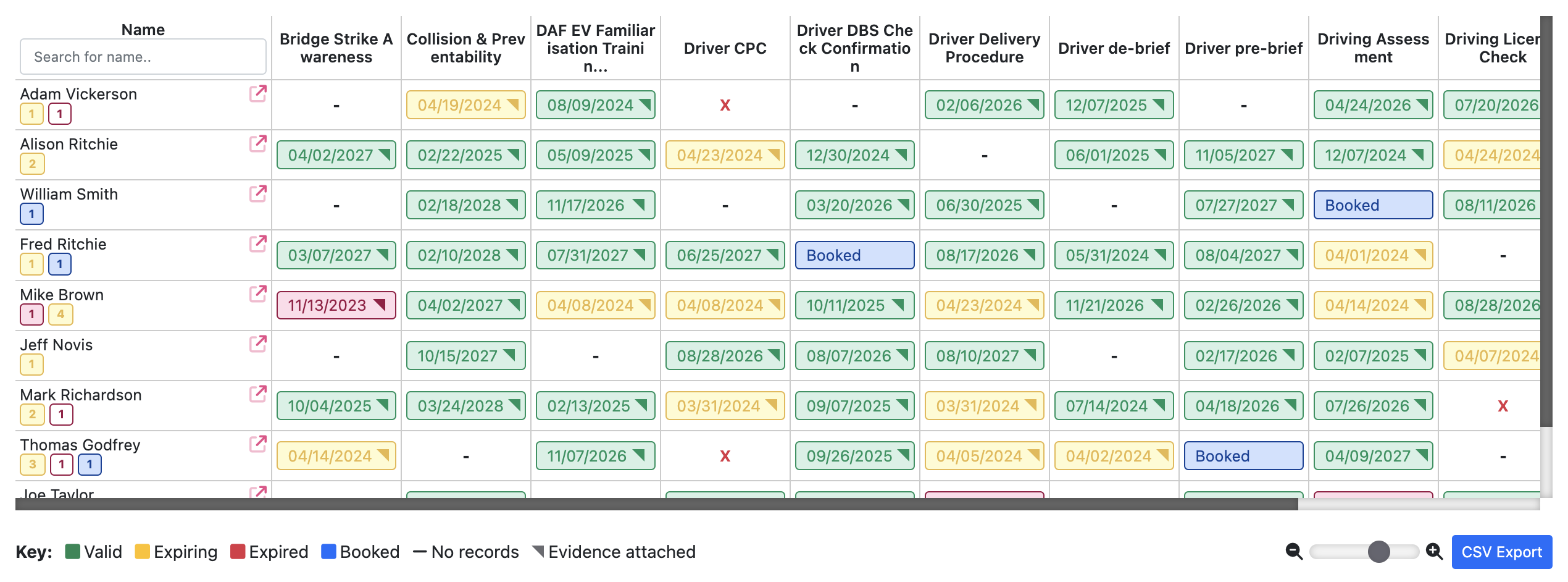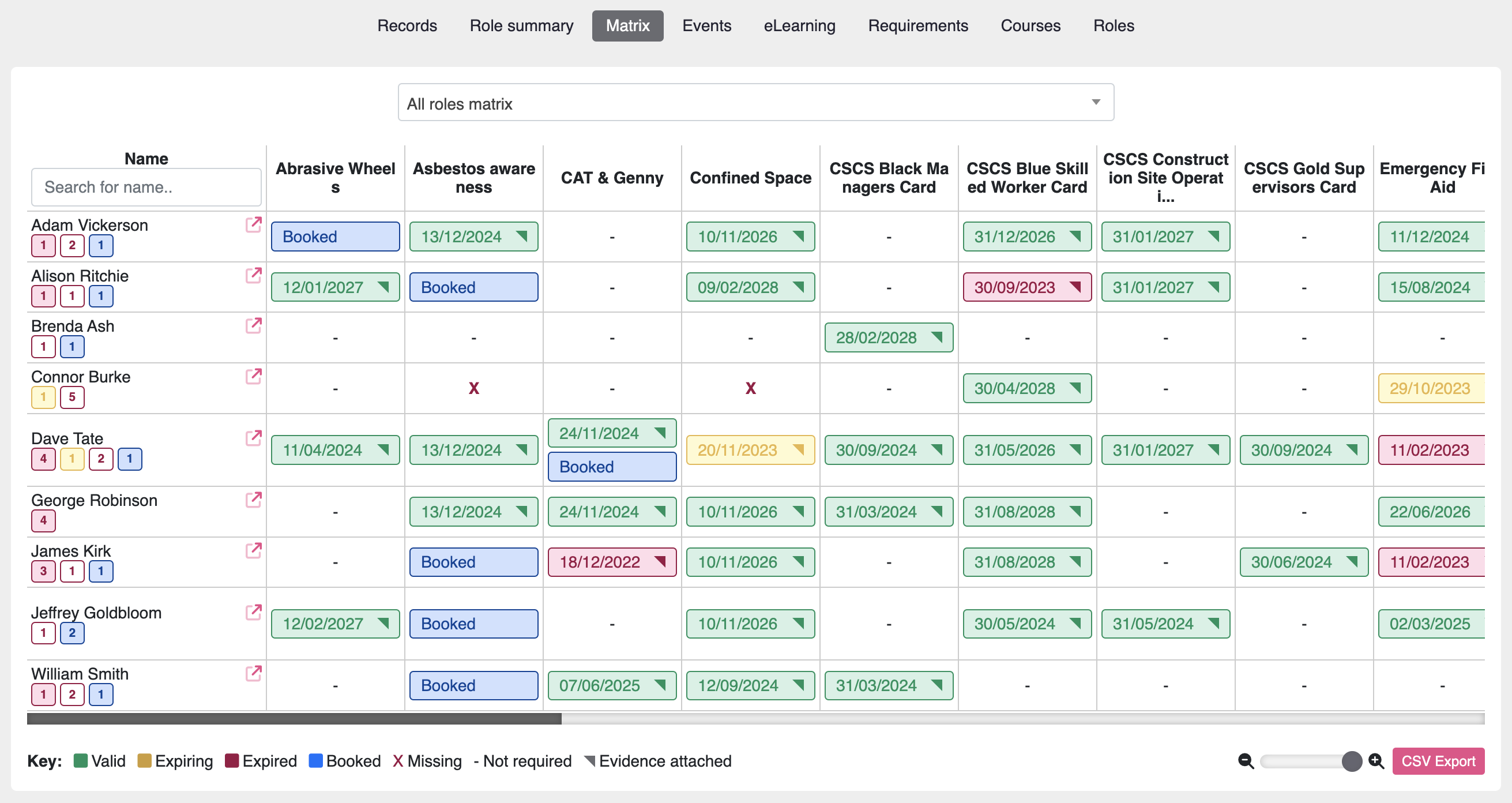The 5 steps to conduct a risk assessment in the workplace. An important process in ensuring the health and safety of your employees.
A risk assessment is a systematic evaluation of potential hazards and the likelihood that they will cause harm. By identifying and evaluating these hazards, you can take steps to quash or control them, ultimately creating a safer work environment for your employees.
How do you conduct a risk assessment in the workplace?
- Identify the hazards: The first step in risk assessment is to identify the hazards that are present in the workplace or environment. This might include physical hazards (e.g. machinery), chemical hazards (e.g. toxic chemicals), biological hazards (e.g. bacteria), and psychological hazards (e.g. stress).
- Determine who is at risk: The next step is to determine who is at risk from the identified hazards. This might include employees, customers, contractors, or members of the public.
- Evaluate the risks: The third step is to evaluate the risks posed by the identified hazards. This involves considering the likelihood and severity of harm that could result from the hazard.
- Determine the appropriate controls: The fourth step is to determine the appropriate controls to eliminate or mitigate the risks. These controls might include engineering controls (e.g. installing guards on machinery), administrative controls (e.g. implementing policies and procedures), or personal protective equipment.
- Review and revise the risk assessment: The final to conduct a risk assessment is to review and revise the risk assessment regularly to ensure that it remains up-to-date and effective. This might involve re-evaluating the risks if there are changes in the workplace or if new hazards are identified.
Conducting a risk assessment is an ongoing process. It should be reviewed and updated regularly to ensure that your workplace remains safe for all employees. By taking the time to identify and control potential hazards, you can create a safer work environment and reduce the risk of accidents and injuries.
The Health and Safety Executive have provided the following resources:
Involving your workforce in health and safety
Related pages
Top 10 health & safety best practices

Gordon is co-founder and CEO of Moralbox. He created the company vision and strategy. Gordon has over 10 years experience in occupational health and safety.


